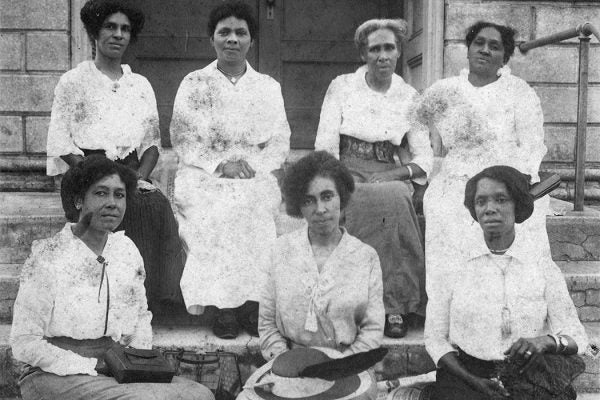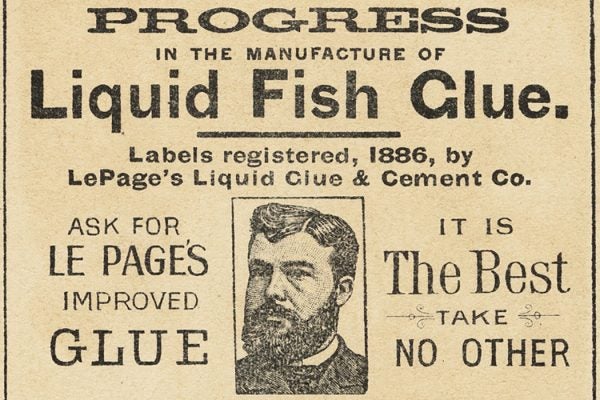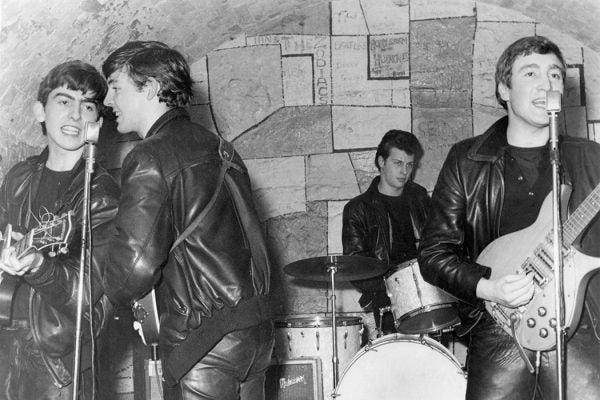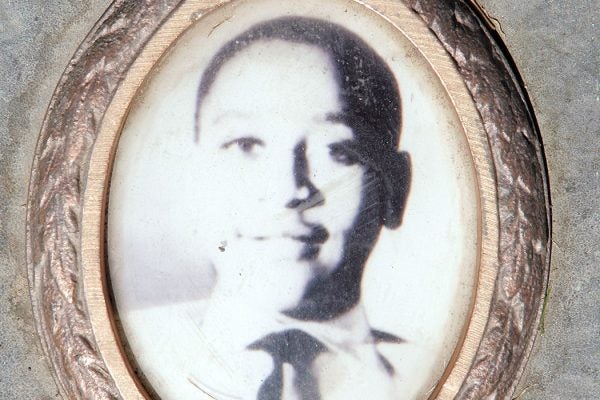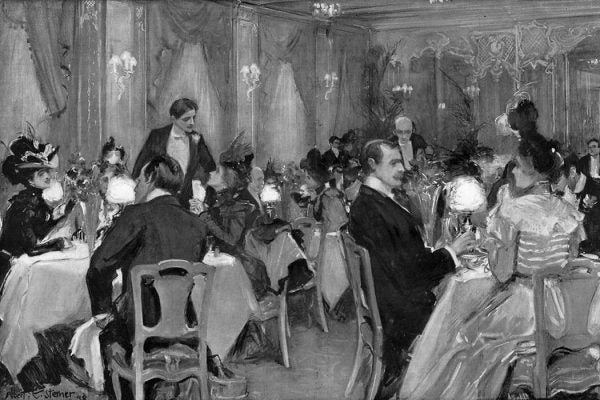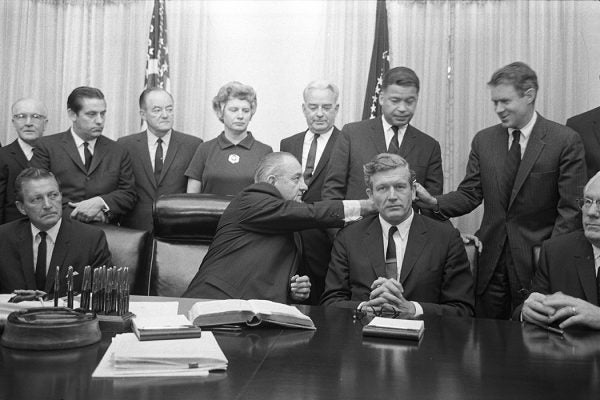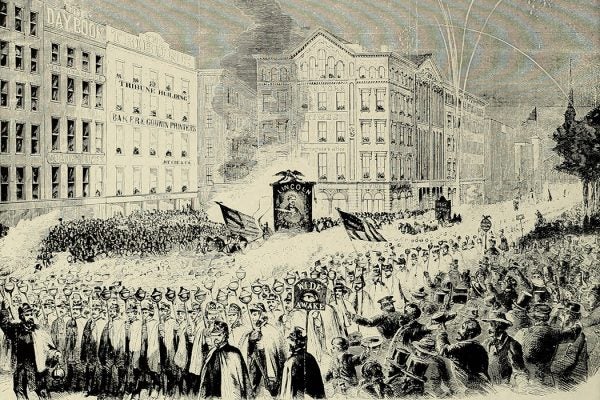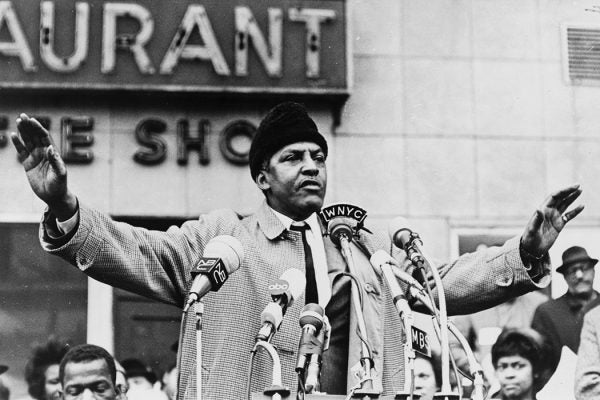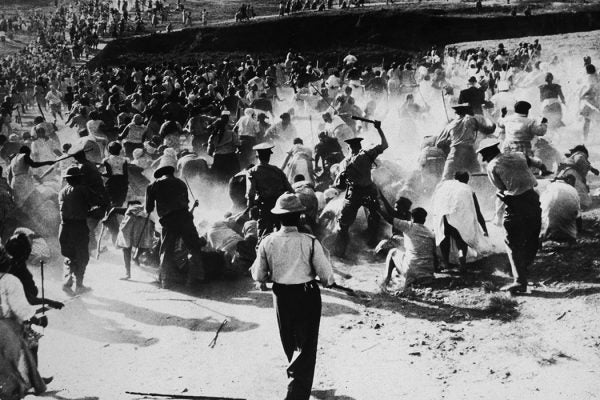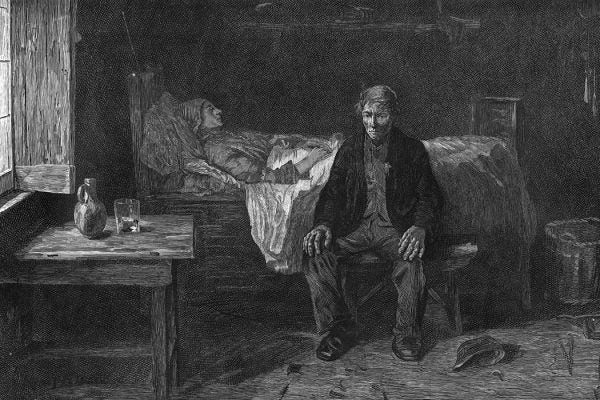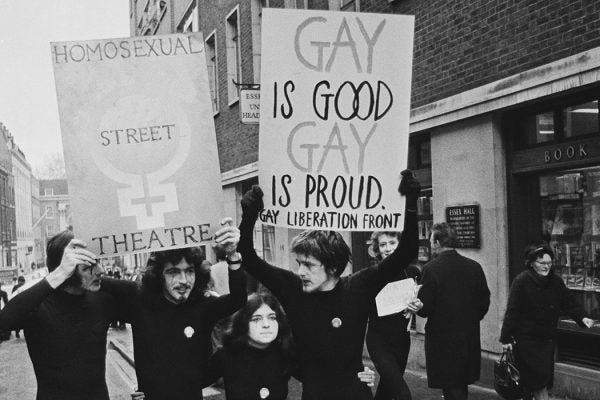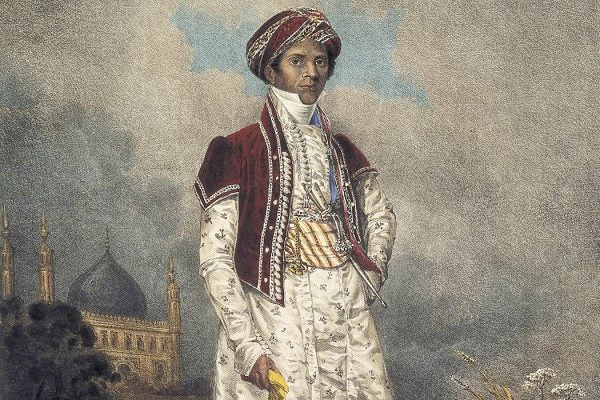Women’s Clubs and the “Lost Cause”
Women's clubs were popular after the Civil War among white and Black women. But white clubwomen used their influence to ingrain racist curriculum in schools.
Isinglass; or, The Many Miracles of Fish Glue
Isinglass comes from the swim bladders of certain kinds of fish and can be found in everything from beer recipes to illuminated manuscripts. Ew? No way.
The Environmental Costs of War
Using aluminum as a case study, a geographer shows how wartime "commodity chains" can devastate the Earth.
The Beatles Got Started in Hamburg. There’s a Reason for That.
The Beatles first played Hamburg's pleasure zone in 1960, in a former strip club near the infamous Reeperbahn.
How Local Newspapers Helped Emmett Till’s Murderers Go Free
Emmett Till was a boy of fourteen when he was lynched in Mississippi. The press would influence public opinion, and the outcome of the trial.
How the H-Bomb Led to a Reckoning in Japan
For years, the trauma of the atomic bomb was hardly talked about in Japan. The H-bomb test at Bikini Atoll changed that.
Meet Loveday Brooke, Lady Detective
Fictional detectives usually reflect conservative values. But the first "lady detective" story written by a woman broke boundaries.
The Market Will Bare It: Transnational Nude Tourism
As Europeans recovered from the devastation of World War II, nude beaches appeared in France.
The New Siberians
As heat waves induced by climate change roil the Arctic Circle, Siberians are articulating a distinct identity.
The First American Restaurants’ Culinary Concoctions
A study of historical fine-dining menus yields surprises. Like six preparations of frog, and delicious lamb testicles.
How Residential Segregation Looked in the South
A longstanding idea about southern segregation is that it was more "intimate" than its northern counterpart. What's the truth?
The Kerner Commission Report on White Racism, 50 Years On
In 1968, the Kerner Commission “explicitly identified white racism as the principal cause of the civil disorder evidenced across hundreds of U.S. cities."
Nashoba: Not So Interracial, Not So Utopian
In the 1820s, Frances Wright established a community whose major project was the emancipation of enslaved people. Why did it crash and burn?
Abolitionist “Wide Awakes” Were Woke Before “Woke”
“Now the old men are folding their arms and going to sleep,” said William H. Seward while campaigning for Lincoln, “and the young men are Wide Awake.”
Who Was Bayard Rustin?
And why is he left out of the history of the civil rights movement?
Fake Stone and the Georgian Ladies Who Made It
Coade stone was all the rage in late eighteenth-century architecture, and a mother-and-daughter team was behind it all.
The Great Grape Graft That Saved the Wine Industry
Grape varieties from North America seemed harmless to French winemakers. But destructive bugs were imported with the plants.
The South African Experience with Changing the Police from Within
In states transitioning from authoritarianism to democracy, resistance to police abuses can make or break the larger democratic project, explains one social scientist.
Blaming People for Getting Sick Has a Long History
Four major theories of disease transmission dominated scientific discourse in the nineteenth century. As one scholar writes, all were political.
From Gay Liberation to Marriage Equality
One scholar explains how the LGBT movement became focused on advancing the rights of a narrow set of people at the expense of its once-radical vision.
Resilience: The Basics of a Concept
From the ecological to the social, “resilience” is a buzzword for our crisis-ridden age. But what is resilience exactly, and where did the idea emerge from?
Ye Olde Morality-Enforcement Brigades
The charivari (or shivaree) was a ritual in which people on the lower rungs of a community called out neighbors who violated social and sexual norms.
The Library That Walked Across Belgium
What two scholar-artists learned from taking ninety books on a very, very long walk.
Dean Mahomet: Travel Writer, Border Crosser
The author of what is considered the first English-language book by an Indian writer was neither a rebel nor an accommodationist.
Deep Mapping with Tim Robinson
By walking his way around an island off the coast of Ireland, the late artist broke with cartography's origins in marking ownership and conquest.

